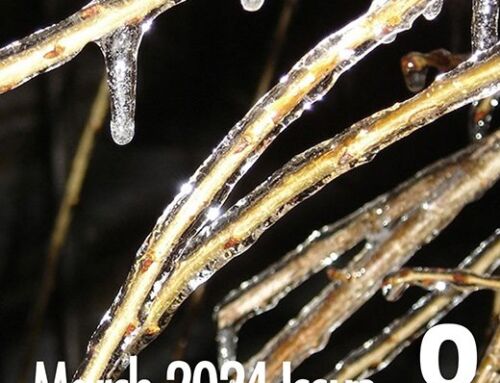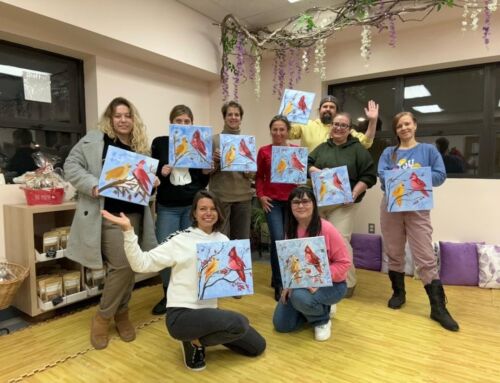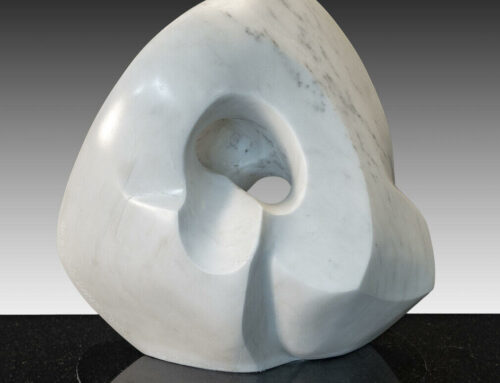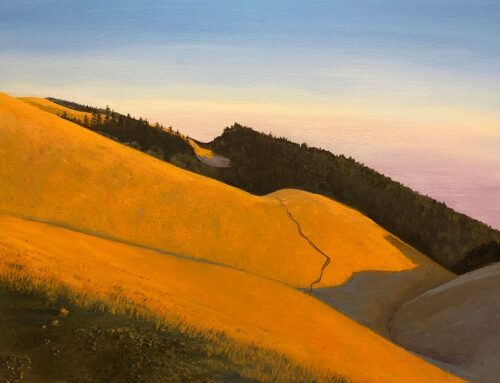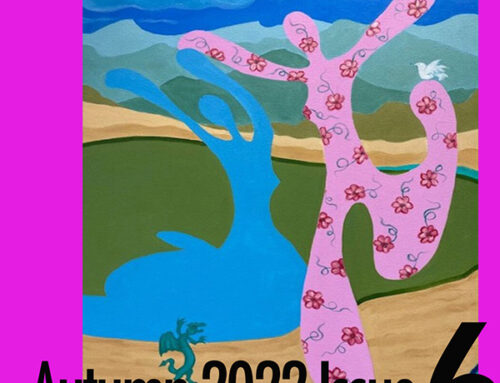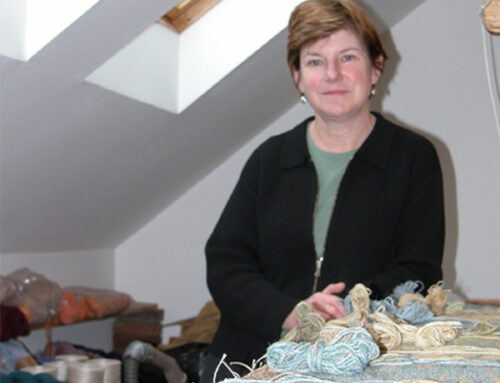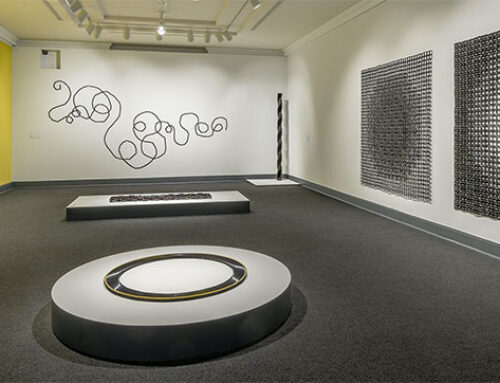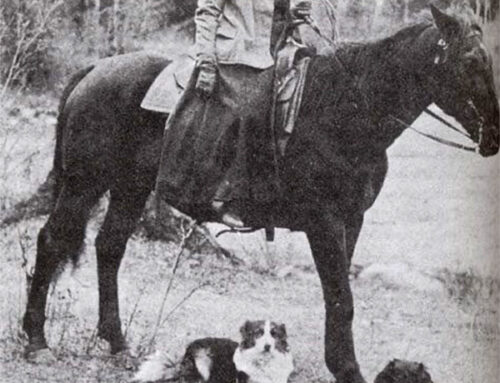NAWA, like the art world, is ever-evolving, with changing guidelines for its artists. This guide should answer your questions about how to describe and label your artworks for NAWA. The general rule is that your dominant medium should be the category. If you use a little of something else, it does not warrant “mixed media.” Your jpeg label should include either the category (required for the Annual, and for membership application) and/or the actual materials. For example: “oil painting with encaustic & collage.” There will usually be a place for a short description on the entry platform.
Painting on canvas, panel, or paper. Two-dimensional work such as: oil, acrylic, encaustic and other standard media on any support. It is artwork that is not presented under glass. MUST SPECIFY SUPPORT (canvas, wood, metal, etc).
Works on Paper: Two-dimensional work on paper (either commercial or handmade), such as: watercolor, pastel, drawing, or printmaking media. Pastel works may be presented under glass. All others should use Plexiglas.
Sculpture: Three-dimensional sculptural work using additive or subtractive methods in any material. Work may be in the round or wall hung, unique or editioned, and includes assemblage in higher relief (up to 5”) and book arts. 3-D printed sculpture must be identified as digitally 3-D created. Indicate if you need a pedestal. Please specify if wall-hung.
Photography: Two-dimensional camera work in one of three subcategories, using either digital or analog cameras. Please specify in your “medium”: photography/traditional, photography/digitally enhanced, or photography/digitally manipulated
- Traditional darkroom photography using film and dark room
- Photography using a digital camera plus computer software (e.g. Photoshop) to digitally enhance contrast, saturation and other darkroom-like tools.
- Digitally manipulated photography, which filters, alters, changes or adds elements to a photographic image, which cannot otherwise be categorized as digital art (see Digital Art).
Mixed Media: Three-dimensional relief work (0-1″depth) incorporating the use of multiple media in one work, including a combination of found objects, found images and photographs. May be in conjunction with traditional artists’ media. Please specify in “medium” which is the more dominant- e.g. watercolor with beads, stitching and bottlecaps.
Collage: Two-dimensional (flat): A composition made up of various materials (paper, cloth or wood), glued on a picture surface. If added elements become dominant, use “mixed media”) or “wall hung sculpture” as the category. If digital elements are included, but not dominant, please say, for example, “collage with digital elements.”
Fiber Arts: Art that consists of natural or synthetic fiber and/or other components, such as fabric or yarn. It focuses on aesthetic value over utility. Functional items, or appropriated parts thereof, that have exceeded their usefulness may be considered.
Digital: It is an original artistic work that uses computer software technology or scanner as the primary source of the creative process – that is not photography dominant. This includes digital painting and drawing. Digital collage would fall into this category, not “collage.” Jpeg labeling for this category must include the word “digital.” Giclees or other digital reproductions of work originally created in a different medium are NOT eligible. Giclee-printed, C-print, gelatin silver print etc., original digital artwork in limited editions ARE acceptable. Please indicate numbering of an edition (e.g. 1/1, 6/20, etc.). If artwork is AI (artificial intelligence) assisted, include this in the jpeg medium label.
Flatscreen: for the Annual Members Exhibition, this option includes all media not choosing to ship to the gallery in person, or submitting larger artworks. Please designate on your label: for example: Flatscreen/Fiber Arts, Flatscreen/painting, etc.
**NAWA reserves the right to classify or reclassify media information of work submitted to its exhibitions according to NAWA’s definitions.

